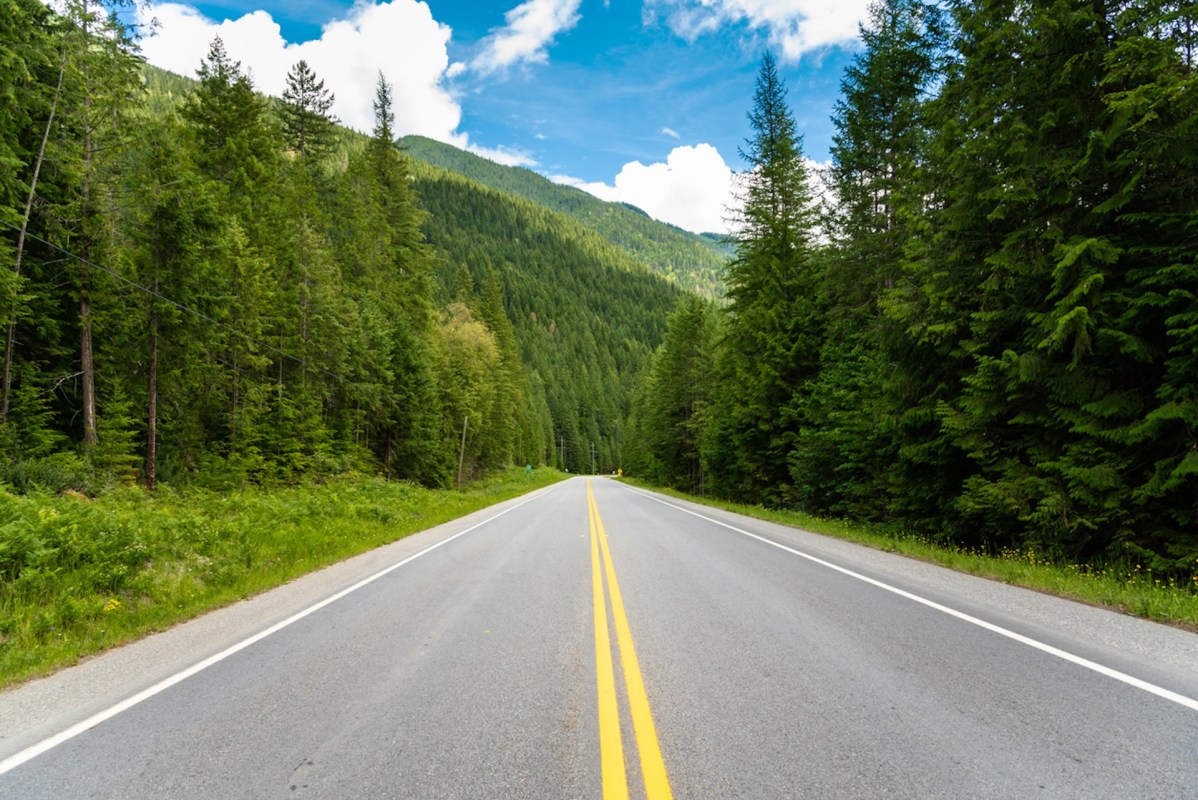A 700-year-old forest lies within sight of North America's busiest highway, according to one biologist. Surprisingly, many tiny ancient forests like it are under our noses, but they're in danger of disappearing.
Doug Larson, professor emeritus in biology at the University of Guelph in Ontario, Canada, is an expert on trees and deforestation. He and a team once discovered centuries-old trees hidden on cliffs near Ontario 401, which sees hundreds of thousands of cars every day.
"When we found our first tree that was more than 1,000 years old I thought, 'You have got to be kidding.' I had goosebumps," he said, per the Guardian. "It was like a lightning bolt hitting — it put this forest into a completely different category."
One tree in the forest was 1,800 years old, though dead, he said.
Larson said that many tiny ancient forests such as this exist in cliff environments all over the world — from the U.S. to New Zealand and France.
These forests of old trees are integral to life on this planet, providing us with many ecosystem services.
For instance, you may have heard that forests are good at cleaning our air and water, and old-growth forests like the ones Larson studied do it best, according to the Old-Growth Forest Network.
Plus, these ecosystems, with their various canopy layers and berry-producing plants, help house and feed many bird species.
Ancient forests also create topsoil, the uppermost layer of soil that we depend on to grow 95% of our food. Topsoil is disappearing rapidly worldwide.
Older forests are also important in slowing the warming of our planet, as they retain planet-heating gases better than younger ones — a study of six national forests in Oregon found that the biggest 3% of trees stored 42% of forest carbon. Plus, in places where carbon storage is high, animal and plant diversity tends to soar.
Despite all of this, only a few remnant old-growth forests still exist in the U.S. — less than 5% remain in the Western states while less than 1% remain in the East. Many of these forests are still being destroyed by logging activities, too.
"That is unconscionable," said old-growth forest expert Beverly Law, per National Geographic.
Meanwhile, some people are doing their part to protect ancient trees. In addition to scientists like Larson and Law, one Canadian photographer is using his photography to help protect old-growth forests by taking before-and-after photos to visually demonstrate the devastating effects of logging.
The same photographer stumbled upon one of the largest old-growth cedars ever documented off the coast of Vancouver Island — scientists believe it is more than 1,000 years old. He kept the location of the tree to himself in order to protect it.
Larson said he has learned an important lesson from the world's ancient forests.
"If we humans want to be sustained by this planet forever, we cannot suck it dry," he said, per the Guardian article. "This ancient forest is one place that we haven't got to it has survived us by us ignoring it. There's a way to make the planet infinitely sustainable for us, if we simply ask less of it."
Join our free newsletter for cool news and cool tips that make it easy to help yourself while helping the planet.









